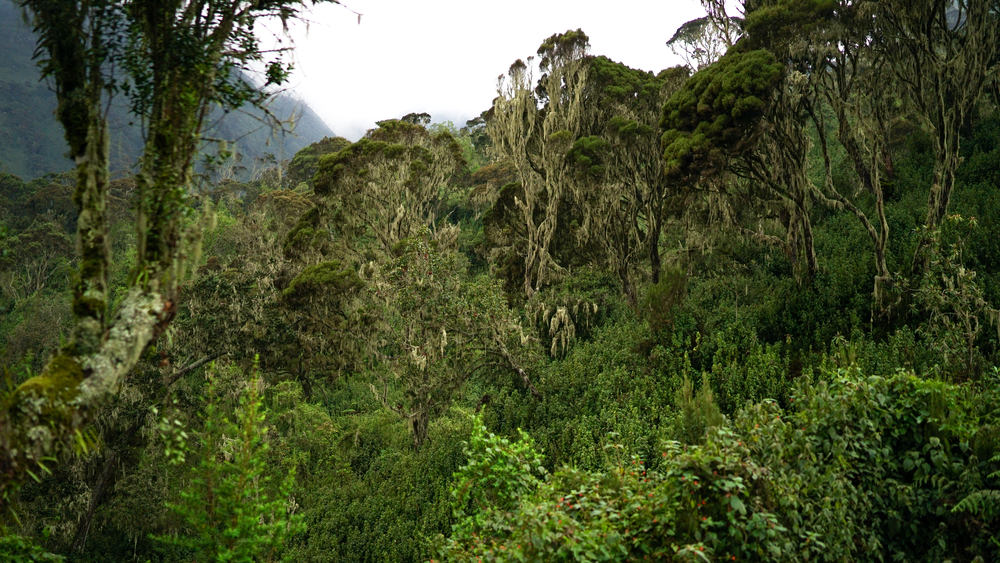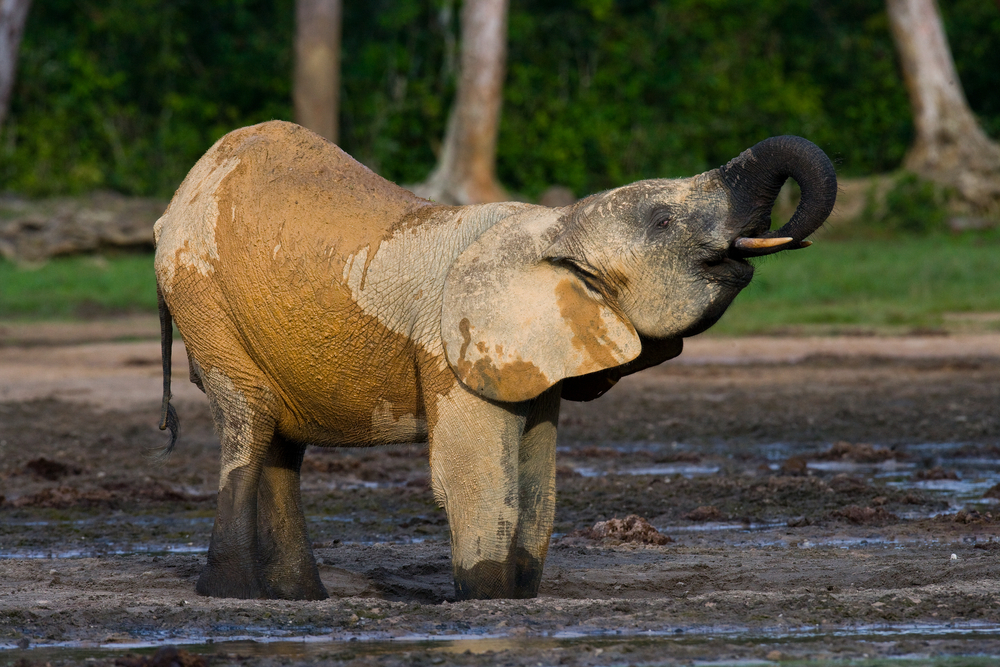André Félix Overview
André Félix National Park, locally known as Parc National André Félix, is a captivating and biodiverse protected area located in the eastern region of the Central African Republic. Encompassing an area of approximately 1,700 square kilometers (656 square miles), the park is part of the broader ecosystem of the northern Congo Basin. Named after André Félix, a noted conservationist, the park is celebrated for its unspoiled wilderness, varied wildlife, and role in the conservation of Central Africa’s natural heritage.
The park’s landscape is characterized by an intricate mosaic of dense rainforests, open savannahs, and rippling waterways. Its rivers, including tributaries of the Mbomou River, form lifelines that sustain the area’s flora and fauna. The combination of forest and savannah ecosystems provides diverse habitats that support a wide range of species, making it a key biodiversity hotspot.
André Félix National Park is home to iconic species such as forest elephants, known for their elusive nature and vital ecological roles. The park also shelters western lowland gorillas and chimpanzees, offering crucial habitats for these critically endangered primates. Other notable wildlife includes bongo antelopes, red river hogs, and smaller mammals like duikers and porcupines. The park’s predators, including leopards and golden cats, thrive in the dense forests and savannah edges.
Birdlife is vibrant and varied, with species such as the great blue turaco, hornbills, and African grey parrots frequenting the forest canopy. Raptors, including the crowned eagle and harrier-hawk, patrol the skies, while waterbirds like ibises and herons can be spotted near the park’s rivers. The park’s avian diversity makes it a haven for birdwatching enthusiasts.
The vegetation in André Félix National Park is equally diverse, with towering rainforest trees such as mahoganies and irokos forming the canopy, while the savannah areas are dominated by grasses and scattered acacias. These ecosystems are vital not only for their role in sustaining wildlife but also for their contribution to mitigating climate change through carbon sequestration.
Despite its rich natural resources, André Félix National Park faces challenges from poaching and habitat degradation. Conservation efforts, led by the Central African Republic government and supported by international organizations, focus on anti-poaching initiatives, habitat restoration, and community engagement. These efforts aim to ensure the park’s long-term ecological health and protect its endangered species.
Visitors to André Félix National Park can explore its wild beauty through guided safaris and river excursions. Wildlife observation at key water sources and trekking through pristine forests provide immersive experiences. The park’s remote location enhances its appeal to adventurers seeking untouched wilderness and authentic connections with nature.
In summary, André Félix National Park is a vital component of the Central African Republic’s natural heritage. Its rich biodiversity, unspoiled landscapes, and conservation initiatives make it a cornerstone of regional and global environmental efforts.











































































